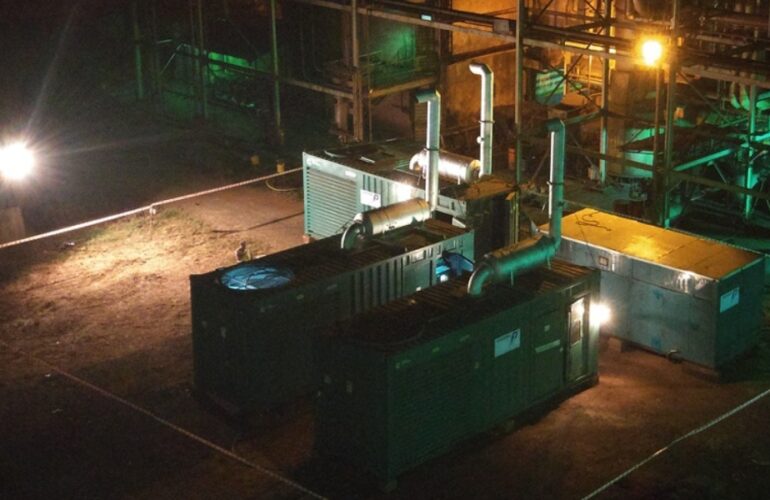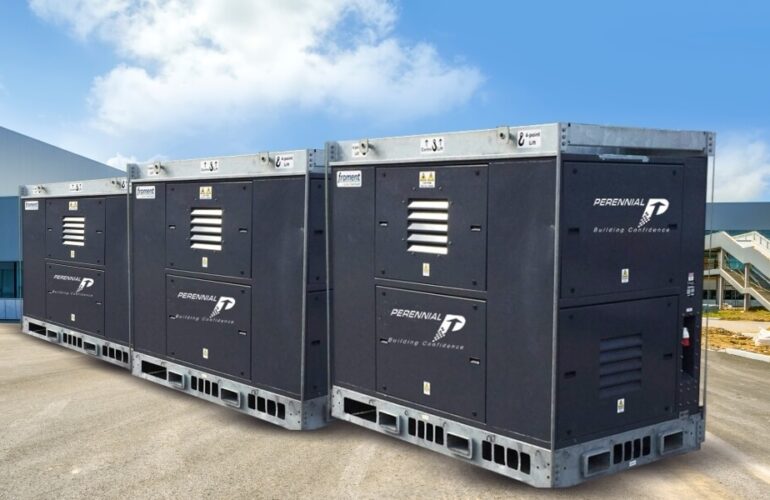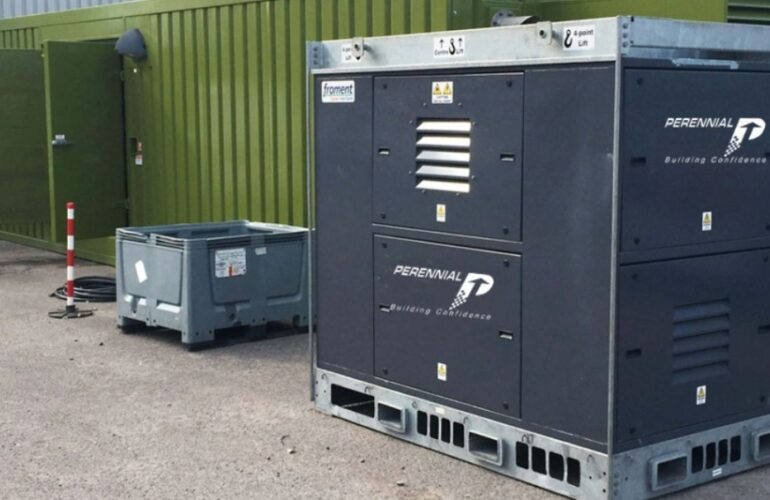Load Bank Testing
The way of validating battery autonomy and the correct operational performance of the UPS system is Load bank testing. The job of load bank is to test the generator and UPS system under various load conditions. Load bank testing tests power systems for faults while performing system maintenance.
It assists to make sure that the power system is 100% reliable. The load bank needs to do this before the power system goes live for the first time.
Most of the critical sectors such as IT industries, Shipping, Manufacturing, Hospitals, and Health care centers need to keep stand-by electrical power sources such as UPS (Uninterruptible Power Supplies) and diesel generators in case of a failure or disruption in the main power supply. These stand-by electrical power sources are put to use sparingly. Only during a disruption in the main power supply, these sources take over and hence may remain unused continuously for an extended period of time. Stand-by electrical power sources like UPS and diesel generators may be designed for a particular power rating, but it is important to guarantee their functioning in real-life situations.
We are entering into the digital era and hence, 24 X 7 working machines are a must. Any small fluctuation in power can hamper / corrupt the data stored in large data centers that various enterprises acquire. Hence, in ensuring the reliability of these power systems, Load bank testing is important.
How Load Bank Testing Works?

A load bank is an incremental, independent load device. It is able to accurately replicate the operational or real load which a power source is meant to support. Load banks consist of heavy-duty resistors. These resistors behave as an electrical load to the main power source. Using resistive elements, it dissipates the resulting electrical energy as heat. Using blowers installed within the load bank, the resultant heat is taken out.
Once the load bank test is over, measurements are taken during discharge. The battery and system performances are noted during these measurements. A load bank test identifies difficulties and problems with the UPS and generator. It then prompts for immediate actions to be taken to improve their efficiency.
For a site, load banks may be permanently installed and always connected to a power source. There may be portable versions of the load banks available for some other sites that can be used for testing when required.
Why Load Banks Are Important in Electrical Power Systems?
Do you know what is the exact idea behind the load bank testing? The idea is to test the power source and its components to guarantee maximum reliability and efficiency. To ensure that UPS and power supply systems will work when the actual need arises, periodic testing is required.
What is the importance of load banks in electrical power systems? Let’s try to find out.
- Manufacturing and installation testing of Power Systems – All components of the system are tested. This testing is to ensure all the components work together as designed and intended. This testing can help identify any potential weaknesses in controlled conditions. These testing aspects may be specifically covered in delivery contracts and product specifications making load bank testing a mandatory compliance step.
- Preventive maintenance – A site may experience high operating costs, easy wear & tear, and increased emissions due to not performing regular scheduled preventive maintenance and running low load. A load test gives a guarantee that the generator system will produce and maintain a full load. While doing this, it will not overheat and shut down. As weaknesses are identified during controlled conditions, this allows proactive maintenance. It eliminates the risk of a utility outage as a weakness can cause the system to fail.
- Wet Stacking Elimination – Diesel engines commonly face a problematic condition known as Wet Stacking. In Wet Stacking, unburned fuel passes on into the exhaust system. As we have seen, Diesel standby generators run rarely or only on light load. Hence, they tend to accumulate these fuel deposits in parts of the engine over periods of time. This reduces their functioning with reduced output capacity when actually needed. A diesel engine should run at least 60 percent of its rated power output for efficient combustion. Thus, Load bank testing helps in the removal of deposits from the pistons. For this, it first removes engine castings and exhausts and notes potential weaknesses.
- Regulatory compliance – For some backup power generation applications, load bank testing is a mandatory requirement. The National Fire Protection Agency (NFPA) and the National Electric Code (NEC) are the international bodies that have drafted rules which pertain directly to the load bank testing of emergency generators.
Why Prefer Load Banks Over Building Load For Testing?
When compared to the alternative method of using building load for testing, load banks are always preferred. When using the building load, the building’s power source carries the electrical power to the backup generator for a short period of time. However, when transferring the load sourced from the building load, from the utility to the generator, there may be interruptions. Hence, this is not reliable in mission-critical applications such as defense or healthcare.
Building load cannot be applied in precise, well-defined steps so that the performance can be monitored and recorded. This is another disadvantage of using building load. Building load proves to be ineffective in the proper discharge of UPS batteries too. Therefore, load bank testing is the real test for the reliability of the stand-by power device as it replicates a power outage condition.
Manufacturing of most of the load banks is with incremental switching. Block loading doesn’t damage the engine as manufacturing with incremental switching allows the generators to be ramped-up.
So, what are the conditions that are confirmed by Load Bank Testing for a standby power source /supply such as generators and UPS?
- Is the standby power device able to provide the required power?
- Is the alternator able to provide the required voltage stability for the system?
- How is the functioning of control systems under different load conditions?
- What is meant by the stable operating frequency?
- What is meant by the oil and fuel pressure?
- How is the overall performance of the load bank system for Load optimization in prime power applications?
Summing Up
Here, we have learned how load bank testing is an integral part of many tasks including Wet stacking elimination, Manufacturing and installation testing of Power Systems, regulatory compliance, and preventive maintenance, etc.
Load banks are always preferred over building load for testing.
At Perennial Technologies, we provide different types of load bank hire options. We also provide load banks for sale.
Our load bank comes with special features as per customer requirements:
- Medium Voltage ( 6.6 / 11 kV ) load bank
- Multi-Voltage ( 415 / 690 volt ) load bank
- DC Programmable Load Bank
- Dual frequency load bank ( 50 / 60 Hz )
- Water-cooled (Heat Exchanger) load bank
- Trailer-mounted load banks, etc.
You can either buy a load bank or go for a load bank hire option depending on your project requirements. You can refer to our blog on whether to hire or buy a load bank for your business. Your queries and concerns are welcome!
















